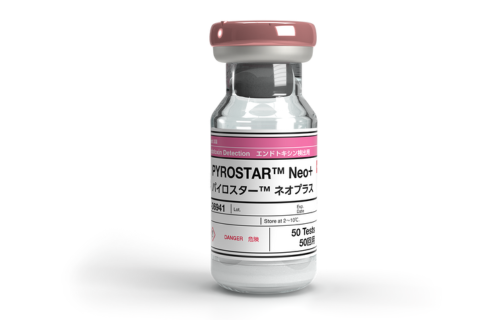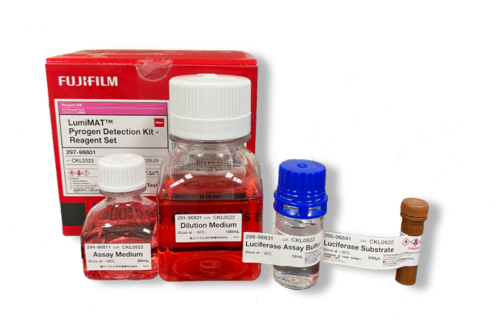LumiMAT™ vs Current ELISA-based MAT Method
Fever-inducing substances known as pyrogens are usually obtained from microorganisms. Upon entering the bloodstream, these substances have the potential to trigger severe reactions in the individual, including septic shock or fatality.
At present, there are three official tests outlined in the pharmacopoeias for the detection of pyrogens in parenteral products. These tests are the Rabbit Pyrogen Test (RPT), the Bacterial Endotoxin Test (BET), also known as the Limulus Amebocyte Lysate test (LAL), and the Monocyte Activation Test (MAT), which has five different variants. [1]
Why to choose MAT?
The European Pharmacopoeia Commission (EPC) acted in June 2021 to initiate a process aimed at the complete removal of the Rabbit Pyrogen Test (RPT) from the European Pharmacopoeia (Ph. Eur.) within a period of around 5 years.
When considering the factors of accuracy, reliability, and potency in detecting non-endotoxin pyrogens, the MAT test is the most widely accepted method for detecting pyrogens in medical devices.
How commercially available MAT works?
The MAT assay is employed for the identification and quantification of both endotoxin and non-endotoxin pyrogenic contaminants, which stimulate the release of endogenous mediators from human monocytes. Most of the kits available for commercial use utilize PBMC (Peripheral Blood Mononuclear cells) for ELISA (Enzyme-Linked Immunosorbent Assay) to conduct the test.
Cryopreserved pooled PBMCs are subjected to an overnight co-culture with a test substance. The procedure is conducted within a humidified incubator set at a temperature of 37°C, with a 5% CO2 atmosphere, for a total duration of 19 to 22 hours. The measurement of IL-6 production serves as the readout.[2]
Disadvantage: Variations between lots are possible in PBMC. The resulting turnaround time averages two days due to time required for cell culture, ELISA, and the requirement for multiple pipetting and washing steps. The testing procedures are complex, leading to significant errors in the testing.
How does LumiMAT™ offer a more optimal solution?
The LumiMAT™ employs the NF-κB reporter gene assay for the detection of both endotoxin and non-endotoxin pyrogens. The NF-κB reporter gene assay offers several advantages, including freedom from ELISA, ease of handling, and significantly reduced reaction time due to the elimination of the need to wait for IL-6 release.
The most optimal cell line displayed outstanding outcomes with LPS LOD < 0.01 EU/mL and comprehensive coverage of the majority of TLRs (Toll-like receptors). With a completion time of 8 hours, this pyrogen testing method shows promise as a viable alternative to RPT.
Advantage: Compared to PBMC, less lot-to-lot variation was observed. The entire testing period spans only 8 hours, in contrast to the two-day duration required by conventional methods and the accuracy has improved due to a more simplified procedure.
The LumiMAT™ test stands out not only for its ease and speed, but also for its enhanced accuracy.
References
- Perdomo-Morales, R., et al., Monocyte activation test (MAT) reliably detects pyrogens in parenteral formulations of human serum albumin. Altex, 2011. 28(3): p. 227-35.
- Solati, S., T. Zhang, and S. Timman, The monocyte activation test detects potentiated cytokine release resulting from the synergistic effect of endotoxin and non-endotoxin pyrogens. Innate Immun, 2022. 28(3-4): p. 130-137.






